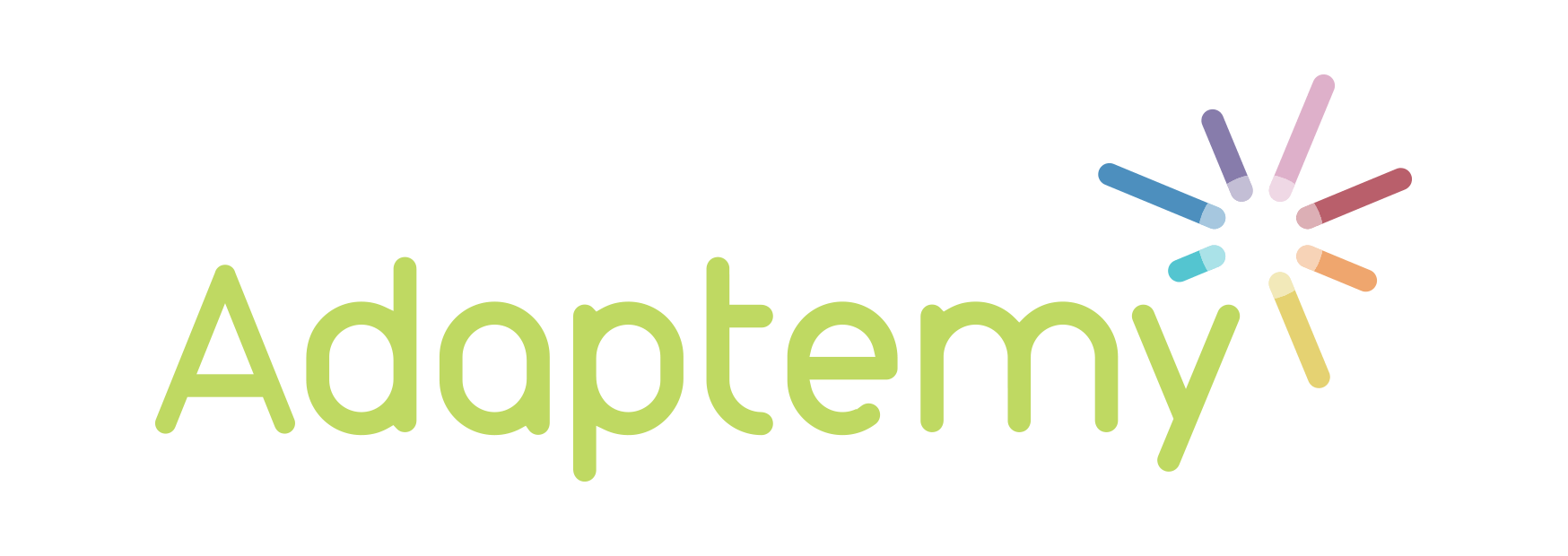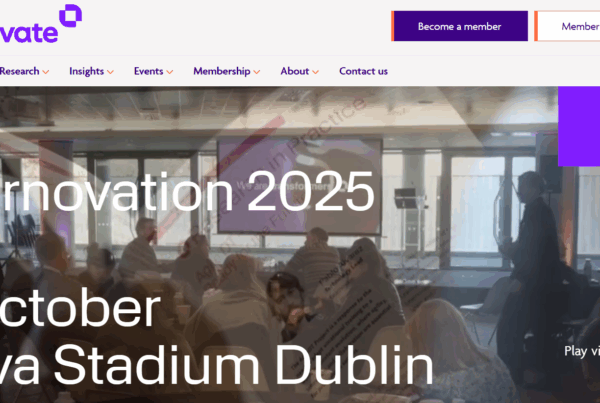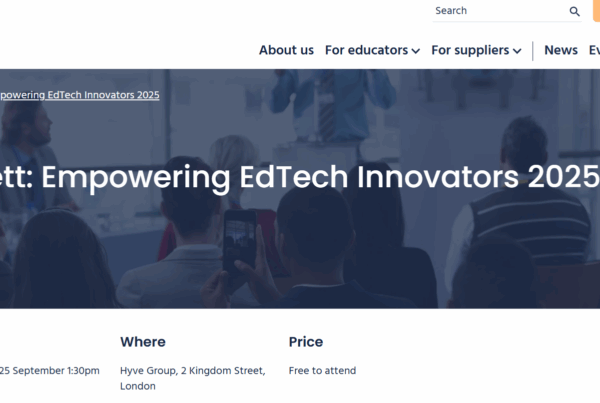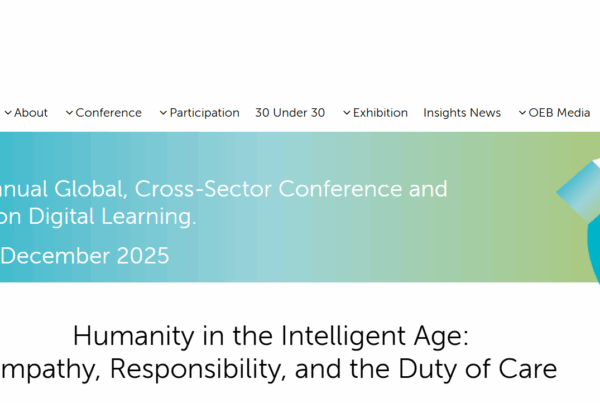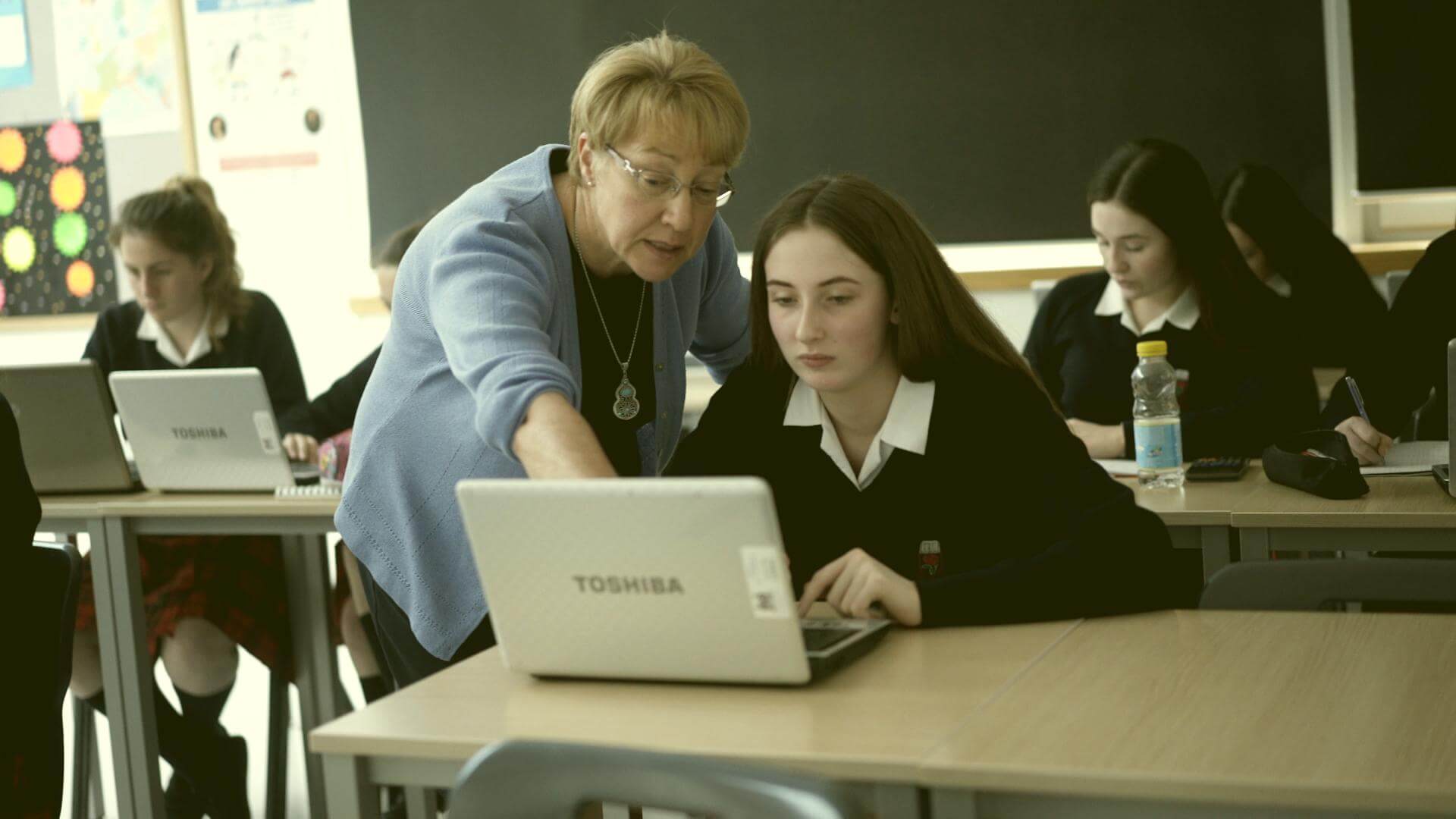
The edtech industry may be young but it’s already broken. Growing by 503% between 2010 and 2014, and set to attract an estimated $252 billion in investment by 2020, this is a hot market and VC funders are investing in their droves.
But in their haste to see a return, some investors have pressurised vendors to release products to market before they are ready, causing them to consequently fail and shut up shop. For a depressing meander through the graveyard of edtech, read Hacked Education’s 2016 deadpool.
Just last month, Australia abandoned a trial of online testing software that was set to be rolled out nationwide. Such stories are rife amongst the industry and these incidents leave schools in an awkward tech limbo, igniting scepticism that technology can ever truly support the educational industry and a reluctance to try again.
Yet, counter this with cohorts of digitally native students, a fear of being left behind as technology continues to infiltrate the world, and a confidence that education is the next industry in need of a digital revolution, and the interest in edtech necessarily continues.
Rick Segal and Matt Greenfield, co-founders and managing partners of Rethink Education, an edtech investment company, noticed that VCs were approaching edtech companies “in a peculiar manner.”
Commenting for CB Insights they observed that, “Many investors were unconcerned about the research on how people learn. Some invested in hot companies without ever talking to a single customer.”
At Adaptemy, we believe adaptive learning solutions need to be intrinsically human. Behaviour sits at the heart of learning. Engaging stakeholders – and in this arena, there are many – is the only way to truly understand this market place.
In additional, the educational industry moves at a different pace to the IT industry. There can be no straightforward application of IT to established, historic and complex educational systems. The hare never wins the race. The hare must learn from the tortoise.
Taking an Educational Approach to Adaptive Learning
Edtech fails when we fail to understand the needs of the teacher and the student. To fix this, adaptive learning solutions must start here. To remove the fear of being left in technology limbo, to build profitable, future-proof solutions and win the heart, minds and investment of all involved, we’ve ensured our solutions focus on the following.
Relevant pedagogy and classroom dynamics
The classroom is a very social environment. It’s dynamic and wholly unique, and unless you are a part of it, its complexity is very difficult to grasp.
Classrooms bring together students who will each be experiencing different emotions and have different interests, needs and wants. Teachers accumulate many years’ experience which allows them to intuitively grasp how to deliver effective learning to this diverse group of people. How can a tech company even begin to unpick this nebulous space?
Adaptemy’s founders hail from educational backgrounds, teaching and subsequently consulting, and working in educational publishing too. Having accumulated our own and other teacher’s initial ideas for a possible adaptive learning solution, we reached out to 52 schools and spent a year observing. That’s the very first thing we did.
We learnt that while a publisher might create one text book, it might be used in a hundred different ways. Tech developers typically create solutions based on ‘this is the behaviour that I expect’. But in a classroom, it is very difficult to predict the individual wants and needs of students. You can’t pre-code a sequence of questions or force people down a predetermined path and expect to achieve impactful learning outcomes.
In many ways, this year of observation allowed Adaptemy to define what it really means to be adaptive, and how far the granular level of personalisation must extend in order to be effective in this space.
Collaborative learning and solutions
That initial year of observation has never truly ended. We constantly strive to understand what teachers are doing, how students are learning and what content educational publishers are creating.
Through the H2020 programme, we’re partnered with six universities and eight educational companies from seven countries across Europe. Together, we’re exploring the use of virtual labs, their efficacy and user engagement. We’re also working with Trinity College Dublin and Dublin City University to increase the efficacy of learning pads.
All this means we have not only have data from our own and other’s soltuions, we are also surrounded by learning technology experts whose knowledge and expertise infuses our business environment. Our location in Dublin’s learning technology hub, Versari, adds to this.
Feedback loop of requirements
By engaging these various stakeholders (teachers, publishers, students, researchers and technologists) every day, and assessing the data from our adaptive learning solutions, we’re can understand what’s working, what’s not, which learning journeys are most effective, and which actions have the best and worst results. It balances our intuition and allows us to develop products with ever-increasing efficacy.
This habit of ‘checking in’ also helps to pre-empt difficulties in take-up before they arise. Referencing previous classroom observations, we’re able to spot patterns in user behaviour that might otherwise lead to solution-abandonment. Catching these in time helps us, the publisher and the school redirect users onto the right course. To date, we have a 100% success rate rolling out our solutions. This feedback loop of requirements between the curriculum, teacher, student and technology is vital.
Context is everything
It is also essential to consider the context of the adaptive learning solution. For example, resourcing in schools might see every child owning a laptop, or every child owning a mobile phone. Knowing that determines the development of a mobile responsive solution. Without that glimpse into the world of those students the solution might fail.
A country might desire a complete e-learning solution and wish to abandon text books altogether. What will the solution look like then? Another school might want a fusion of books and technology; another iteration. And this is the heart of true adaptability.
Successful solutions in this arena must not only adapt to the personal learning journey of a student, but to the ambitions, structure and design of a curriculum, country and culture too.
